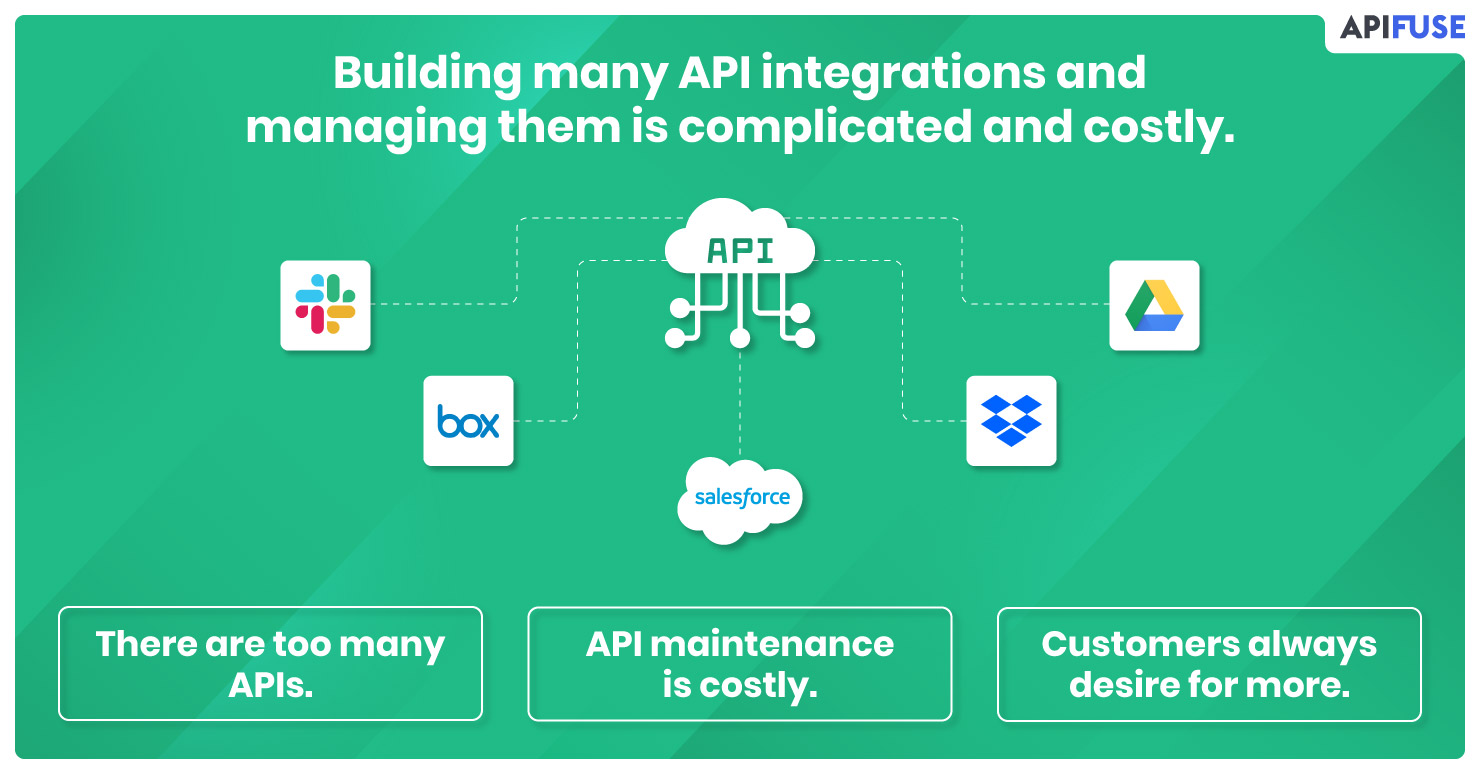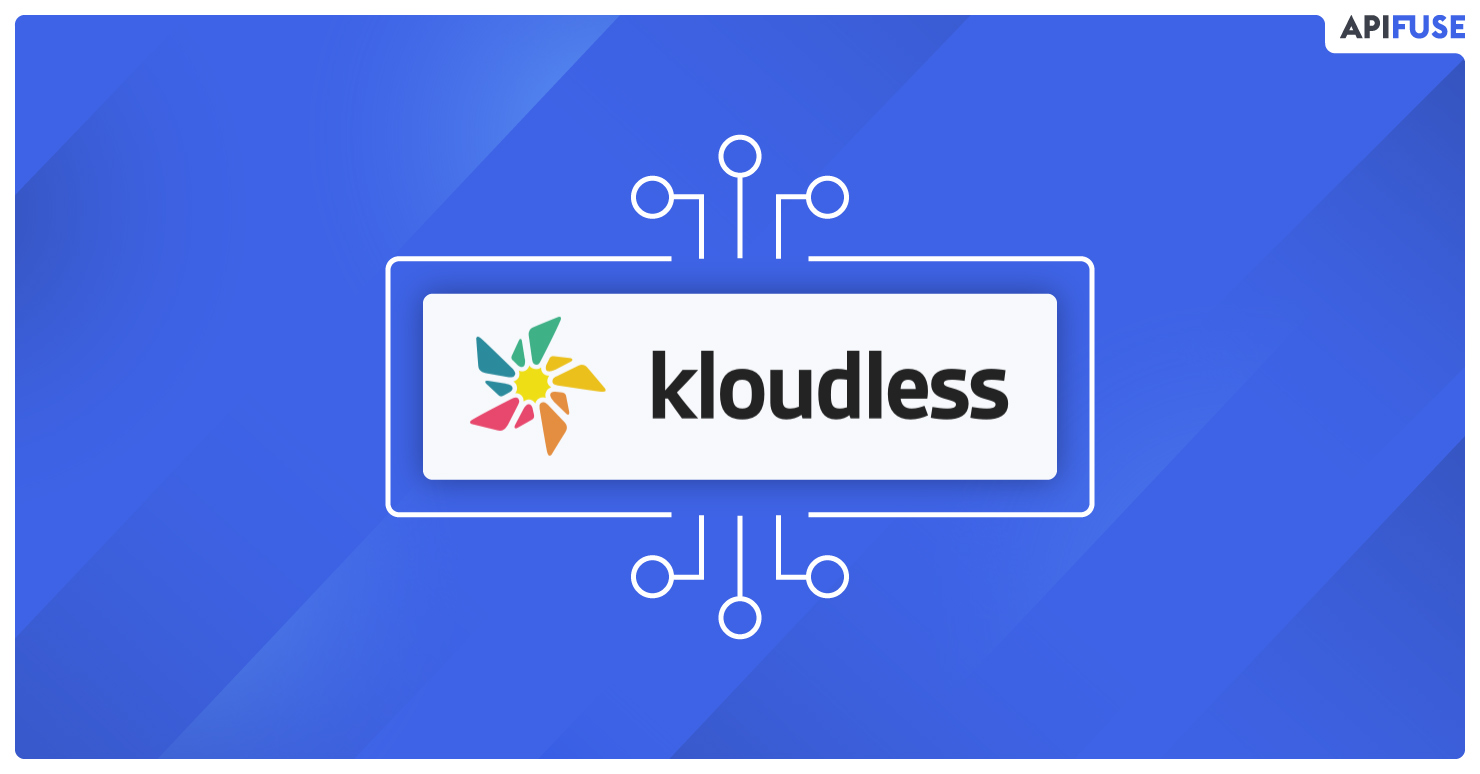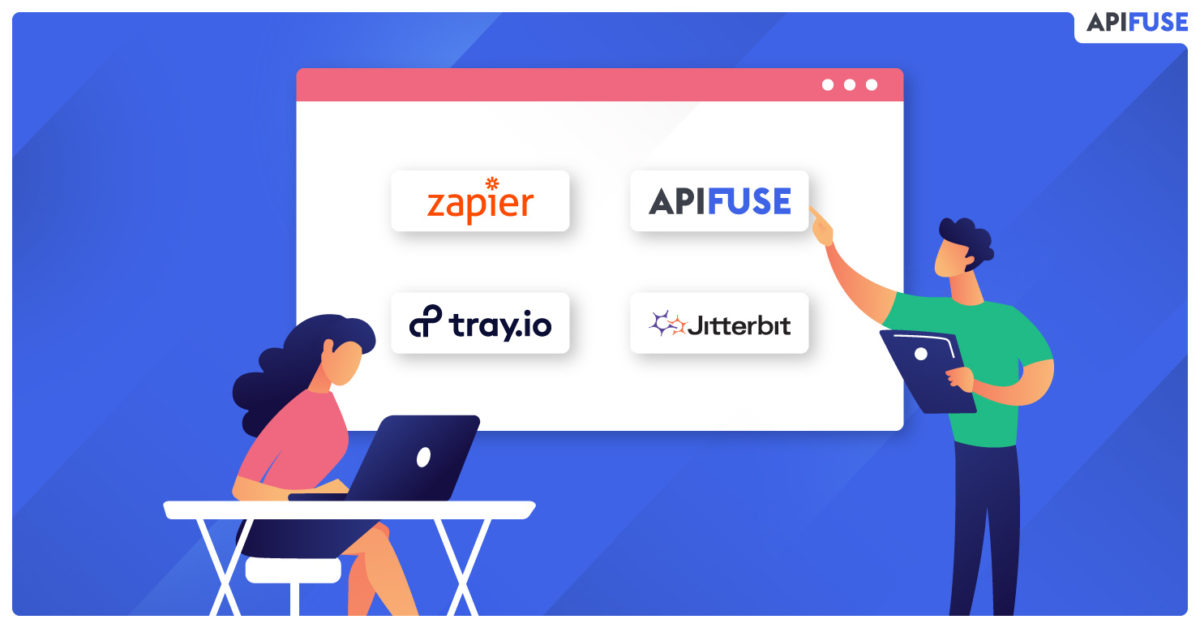Understanding the impact integrations have on product roadmaps and using a Kloudless alternative to stay on track.
Just for a minute, assume you are one of the makers of Gmail.
After some extensive market research, you realize that your users need a feature that allows for adding and moving files inside their emails. So, you integrate with Google Drive. A couple of months down the line, you notice that some users prefer to use two other services to move attachments and files – Dropbox and Box.


So, you decide to let Gmail talk with these services, too. You create an integration that enables a user to pick any one of the three storage services to add a file to an email and that too without leaving the inbox.
Everything is roses and petals until you hit the first hiccup. The variety of cloud services utilized by Gmail users is increasing.
To keep these customers happy, you need to integrate with all of these storage services. Since each of the services differs slightly, you spend most of your time building separate integrations.
And you can’t simply decide not to integrate. That’s the sure-fire way to massive customer churn.
Piling-on this headache is that each cloud service changes with time and updates continually. What little free time you have is diverted into ensuring that none of the integrations break down.
Then things begin to slide down the hill.
One random day, an essential app you integrate with updates their API without any prior notification. The update is not backward-compatible with an API you use, and you’re left with a broken integration and angry customers.
You then begin to panic and hustle to find out what went wrong where. You’re thrown entirely off your product roadmap – a map that came into being after lengthy considerations, deliberations, and analysis.
Instead of working on the priorities features and functionality, you’re working solely on getting the broken integrations up and running.
With the need for one simple fix, your entire team becomes minions to integration instead of focusing on the core product. That’s how much integrations impact your roadmap.
Combine the many apps your product plays nice with, and the overall development becomes even more time-consuming.
Yes, you can be selective and not consent to every integration request. But as a PM, there will come a time when you wonder, are you saying no too many times? Are you creating product gaps by not integrating? And is that undermining your product’s potential?
On the other hand, with the limited time, budget, and people product managers work with, they can’t afford to be derailed from the product roadmap because of integrations. That’s why every SaaS business needs an embedded iPaaS or an alternative to Kloudless.
What is embedded iPaaS, and how does it help your product roadmap?

An embedded integration Platform as a Service or iPaaS is an assortment of automated tools that help you create a bridge between applications with little effort on your part. It can connect any combination of technologies – cloud or on-premises, within or across multiple organizations.
With an embedded iPaaS, SaaS businesses can create, manage, and deploy integrations to their users directly from within their offering. You get the power of a full iPaaS system with the flexibility of a white-labeled solution.
1. Reduced time and cost.

An iPaaS drastically reduces the time taken to build new integrations. Therefore, it accelerates your product roadmap and ensures it stays on track.
Hand coding integrations and then maintaining them is costly. iPaaS vendors and Kloudless alternatives reduce cost.
2. Control over customer experience.
With an iPaaS, you can gain critical insights by monitoring the usage of all current integrations. Based on that insight, you can make mission-critical roadmap decisions.
The solution also allows you to white-label 3rd party integrations and serve them natively inside your app to add value to your end-users. Because customers don’t leave their application environment, you retain complete control of the relationship and offer a better experience.
What are the Best Kloudless Alternatives?

Kloudless is a Unified API that creates an abstraction layer, making it easy for developers to integrate an app with a number of different services. Despite the rise in popularity of Kloudless, many of its alternatives are also quickly becoming favorites for the users. The following is a list of competitors, in no particular order:
1. Zapier
A third-party tool for workflow automation. It connects two apps but forces your customer to leave your applications.
2. APIFuse
A cloud-based embedded integration platform that allows SaaS companies to create native integrations so their users never have to leave their app.
3. Jitterbit
A data & application integration suite to design, deploy, and manage integrations.
4. MuleSoft Anypoint Platform
A unified, flexible API management platform that lets companies realize business transformation through API-led connectivity
5. Cloud Elements
A cloud API integration platform that permits developers to publish, integrate, and manage APIs through one platform.
6. Boomi
A completely horizontal application, serving customers from mid-market to large enterprises.
7. SnapLogic
A modular collection of integration components built for a specific application or data source.
8. Xplenty
A cloud-based ETL solution providing simple visualized data pipelines for automated data flows across a wide range of sources and destinations.
With so many Kloudless alternatives available, which one do you pick? That’s what we answer next.
How to evaluate Kloudless alternatives?

Alternatives to Kloudless like embedded iPaaS solutions handle the end to end integration process whereas Kloudless just covers authentication and unified schemas. In simple terms, it allows you to write one API call to connect to multiple cloud services within a certain category (Ex: upload files to Dropbox, Box, Google Drive, etc.)
To build a flexible integration offering for your SaaS application requires building additional components beyond just authentication and unified APIs. These components include a no-code workflow builder (user interface) to map different fields from one application to another, an orchestration layer to route messages and transform events, testing/debugging, and monitoring/alerting mechanisms to ensure your end users can build their own integrations without having to rely on your development team’s efforts. In other words, if your integration product strategy is to provide a self-serve integration experience for your end-users then an embedded iPaaS solution is the answer.
What to look for in an embedded iPaaS solution?
When you’re evaluating Kloudless alternatives or competitors, here’s what you need to look for in an embedded iPaaS solution:
1. Seamless white-labeling and embedding capabilities
When a customer evaluates a SaaS offering, their priority is the ease of use. So, that’s the first thing you need to look for in an embedded iPaaS solution. It should not complicate your application’s user experience and it should integrate seamlessly with your application by offering various white-labeling & embedding features.
2. Self Serve Integration
As mentioned, one of the key benefits over a unified API provider like Kloudless is the ability to provide your end-users a completely self-serve integration experience without having to go to a third party (like Zapier). You must ensure that you’re able to provide your end-users with the flexibility to build their own integrations from scratch or customize existing pre-built integrations. Each and every one of your end-users will have different business processes, custom fields, and custom logic needed to make the integration suitable for their specific needs.
3. Pricing that scales with your end-users
As cliché as it may sound, pricing does matter. The pricing must align with your return on investment. Some providers charge platform fees, plus per integration fees, plus usage fees making it impossible to make a return on your investment.
- Is there pricing based on your end-users actual usage? If not, it will be difficult to recoup your investment.
- What support is included in the plan, custom integrations or connectors built for you, or fully managed end-user support?
Since most embedded integration platforms for SaaS business offer a free trial period, make use of it. You’ll get a fair idea if it fits your use cases and how responsive their support team is. Ideally, they should offer a proof of concept to ensure the solution will work for your specific use cases.
Why is APIFuse the best Kloudless alternative?

APIFuse is a cloud-based embedded integration platform that connects your SaaS product to other applications. It handles the end-to-end integration process to provide your end-users with a complete self-experience directly inside your application.
Build integrations fast
As a CTO, you want to respond to end-user integration requests fast, however, one integration can take months to build. This is development time you save and which goes back to developing your core product.
If you hasten the integration development, you end up with fragile code, more technical debt, and inflexible integrations.
A Use Case Example
Say you want your end-users to have an in-app experience. You don’t want them to leave your app to connect to a CRM like Salesforce. A third-party service like Zapier doesn’t cater to this need. Or let’s say an end-user wants to add, remove, or modify data without leaving your app. For instance, adding a link to a CRM record.
With APIFuse, both are possible. You can quickly connect your product to any other and build powerful workflow automation for your user.
Pre-built connectors and workflows
Every SaaS user expects integrations to live inside your product. But few, if any, businesses have the expertise or resources to build every single integration into their SaaS applications. With APIFuse, that is now possible.
We give you pre-built connectors and workflows that make it easy for your end-users to integrate with myriads of apps natively.
Showcase your integrations
Generate a fully white-labeled integration marketplace to showcase your most requested integrations. Customize the font, color, and style that mirror your brand identity.
Tailored connectors and integrations
Pre-built connectors are great, but every SaaS organization has unique needs. Sometimes the only thing that works for your users is customizing their own integrations directly in your product. With API Fuse, you can embed the workflow builder to enable your users to build powerful automations inside your application.
Monetize your native integrations
Every product manager wants to monetize the new features they launch for their SaaS app. With other Kloudless alternatives like Zapier, you are not in control of the customer experience and your users are stuck paying additional licensing fees.
With APIFuse, you can monetize your native integrations by configuring which integrations, API calls, and level of customization your users have access to based on their unique price plan.
You can even gain insight through detailed analytics, such as which integrations are most requested, viewed, or used. Then optimize your integration strategy based on quantitative data.
Kloudless alternative vs. APIFuse
APIFuse is the one Kloudless alternative that furnishes you with a toolkit to keep your focus on customers. As an embedded iPaaS solution, we take on the heavy lifting of integrations while you fast-track your time to market and focus on your core product offering.
API Fuse enables you to offer on-demand integration and to respond to end-users integration requests rapidly. With our solution and range of plans, you can provide users with native or custom integrations embedded directly into your SaaS app in minutes to accelerate your product roadmap and reduce technical debt. Request A Demo to discover how we can help accelerate your product integration strategy.
